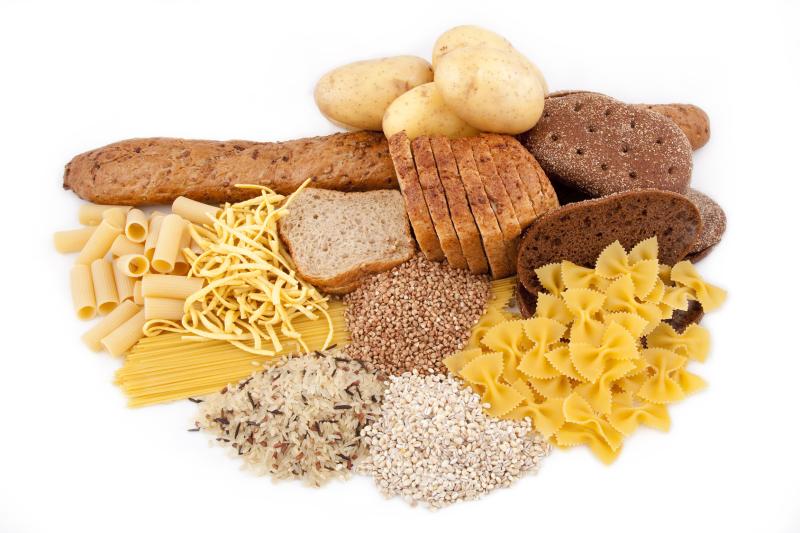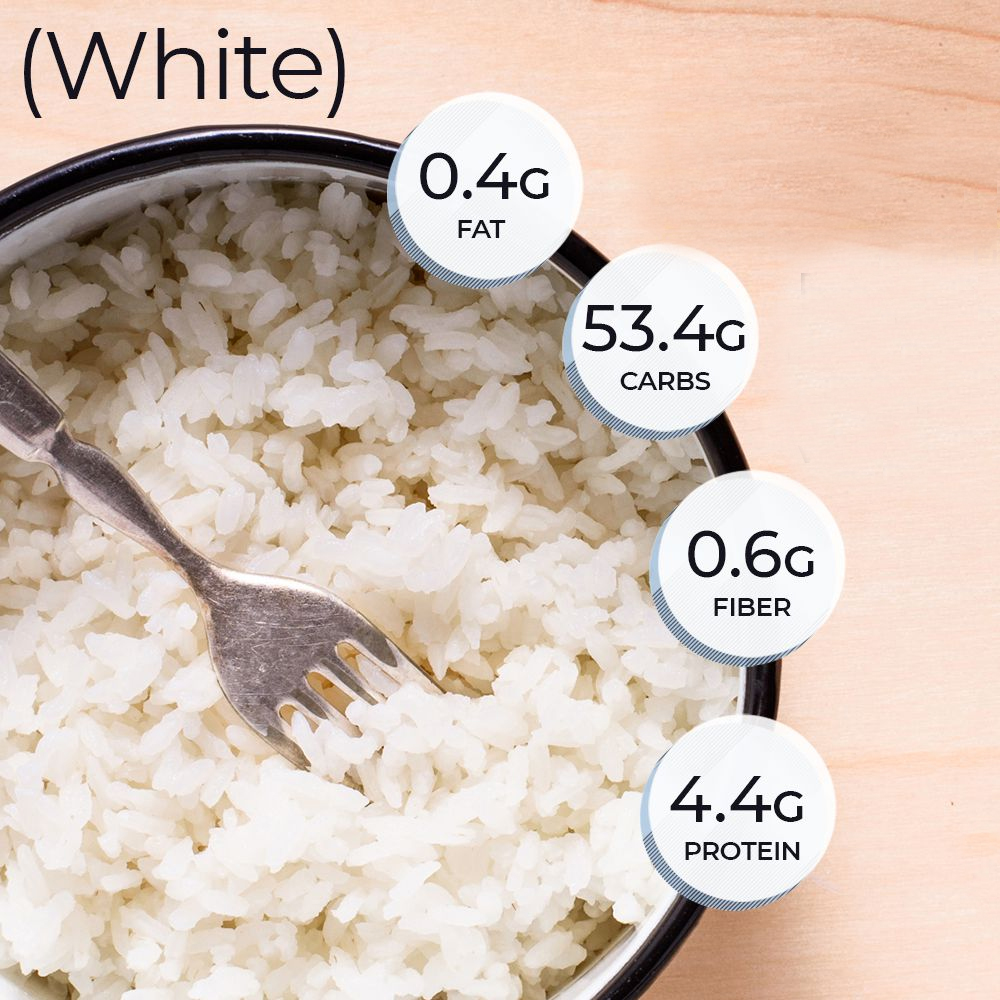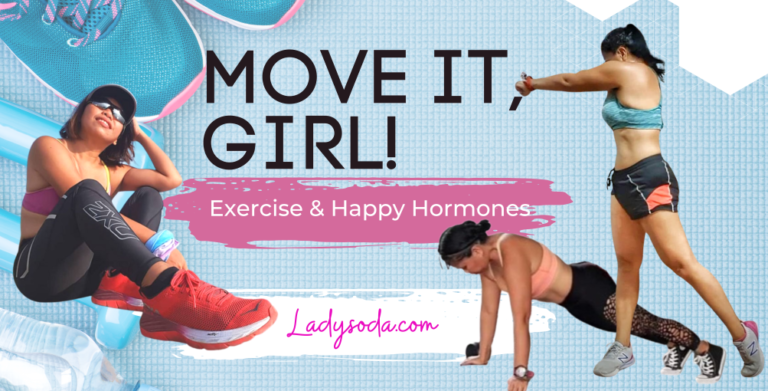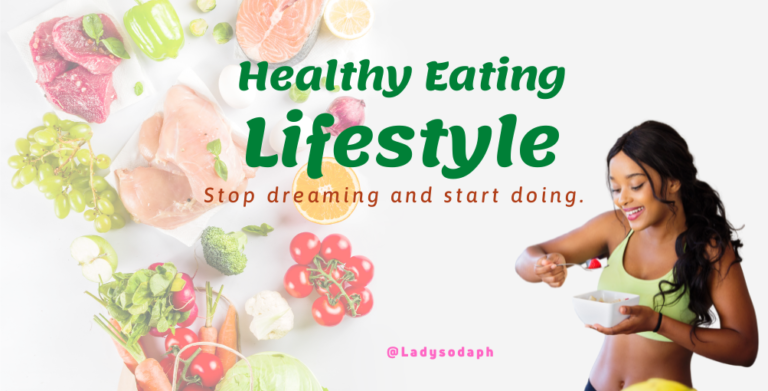Eat Rice and Still Lose Weight?
I removed rice from my diet, I don’t eat rice any more because I am on a diet, I hate rice! If you want to lose weight, you need to stop eating rice!
Familiar lines, right? These are most of the common statement we hear from people who are trying to lose weight or the advice we often hear in order to lose weight. Does rice really cause weight gain? Is it really fattening? Is it the main culprit of a person’s weight gain?
Let’s get this fact right. Rice is not fattening nor it is unhealthy! Come to think of it, if rice is that, why is majority of the East Asian people are slim despite eating rice on a daily basis? Actual fact is, rice IS the staple diet to more than half of the world’s population! So why do we demonize it?
Let’s break down rice’s “Nutritional Value”
- Rich in carbohydrates and fiber
- Low in fat and sugar
- Easily digestible
- Gluten-Free
- Good source of B Vitamins
You see, the main reason we gain weight is not because of rice, but rather the TOTAL AMOUNT OF FOOD we consume in a day! For example, if your body or your Total Daily Energy Expenditure (the amount of calories your body burns) is at 2000cals and you eat 2500cals, that means you are eating more than what your body can burn and that’s when the weight gain happen. In order to lose weight, formula is simple, reduce your food intake and Increase activity level.
Personally, I do not believe in deprivation when it comes to losing weight. Rice has been a part of our lives and omitting it just like that in order to achieve a goal weight is not practical and sustainable. When you suddenly remove it from your daily food in order to achieve that summer body you’ve been dreaming about, chances are you will binge the moment you start having it again! You know what that means right? Back to your weight gain and perhaps even heavier. That’s usually the downside of deprivation. Fact is, you can still enjoy rice while you are on your journey of losing weight and leading a healthy and active lifestyle.
Here’s how!
- Practice PORTION CONTROL – if you are eating way too much rice daily, naturally weight gain will follow. If your goal is to lose weight and you cannot take rice away from your diet, consume 1-2 small bowl of rice. 1 small bowl of rice is 200-250 calories. You can also weigh your cooked rice using a food weighing scale if you want to be sure of the number of calories you are consuming in your rice during a meal.
- Pair rice with vegetables and protein – avoid pairing rice with another starchy food (i.e., pasta, noodles, viand wrapped in doughs) and even vegetables such as potato, corn, peas and lentils. Instead, pair it with non-starchy vegetables and protein. Vegetables are high in fiber which will help you to stay full in a longer period. Remember that a balanced diet consists of half vegetable, a quarter of protein, and a quarter of starchy carbs or your rice.
- KEEP IT AS IT IS – rice on its own is healthy but not when you turn it into an oily fried rice, or flavoring it with butter, heavy cream, etc. That is adding it with extra fats, sugar, calories which is bad news to your waistline if you consume it regularly. Don’t get me wrong, you can indulge once in a while but definitely not on a regular basis. Take a chicken breast for example, a 100g of grilled or baked chicken is approximately 165cals, but when you deep fry it, the 100g chicken now becomes 300cals approximately. So yes! Your COOKING METHODS matter a lot! Choose to consume your rice plain. If you really want to flavor it, be mindful of what and the amount you’re using to give it some flavor.
- Consume Post-Workout – the best time to have your rice meal is after you workout. This is especially for those in the endomorph body type (blocky, thick rib cage, wide/thicker joints, wider hips than clavicles, shorter limbs). Endomorphs are insulin resistant, have lower carbohydrate tolerance, that means you go for high protein and fat diet with low carbs. Be strategic in planning when to consume carbs. AVOID having high or starchy carbs outside of your workout window as your body tolerates and processes carbs efficiently within 3-hour window post-workout.
Eating carbs after exercise will replenish your glycogen stores which you’ve used up during your workout. Remember that you still need to PRACTICE PORTION CONTROL.

Starchy/Carbs Food: Rice, bread, quinoa, corns, barley, sweet potato, regular potatoes, pasta, noodles.

Another question especially from those dieting is “What type of rice should I consume?” White, brown, or black? Is one healthier than the other? If you look at the nutrients value each type, you’d see that brown/black is healthier than white rice because it is unpolished and also more nutritious as it is high in fiber, protein, vitamins, and minerals. There are a lot more varieties of rice out there but their nutritional values don’t defer much.
While most people can tolerate any type of rice though there are some who finds it hard to digest non-white rice. You can actually mix white and brown or white and black rice together so it’s easier for your body to digest it. But if you ask, which rice is better consuming, I would say, consume whatever is enjoyable to you and what’s easily available. You can play with your rice if you are bored having it plain, there are tons of healthy rice recipes you can find online you can definitely follow.



